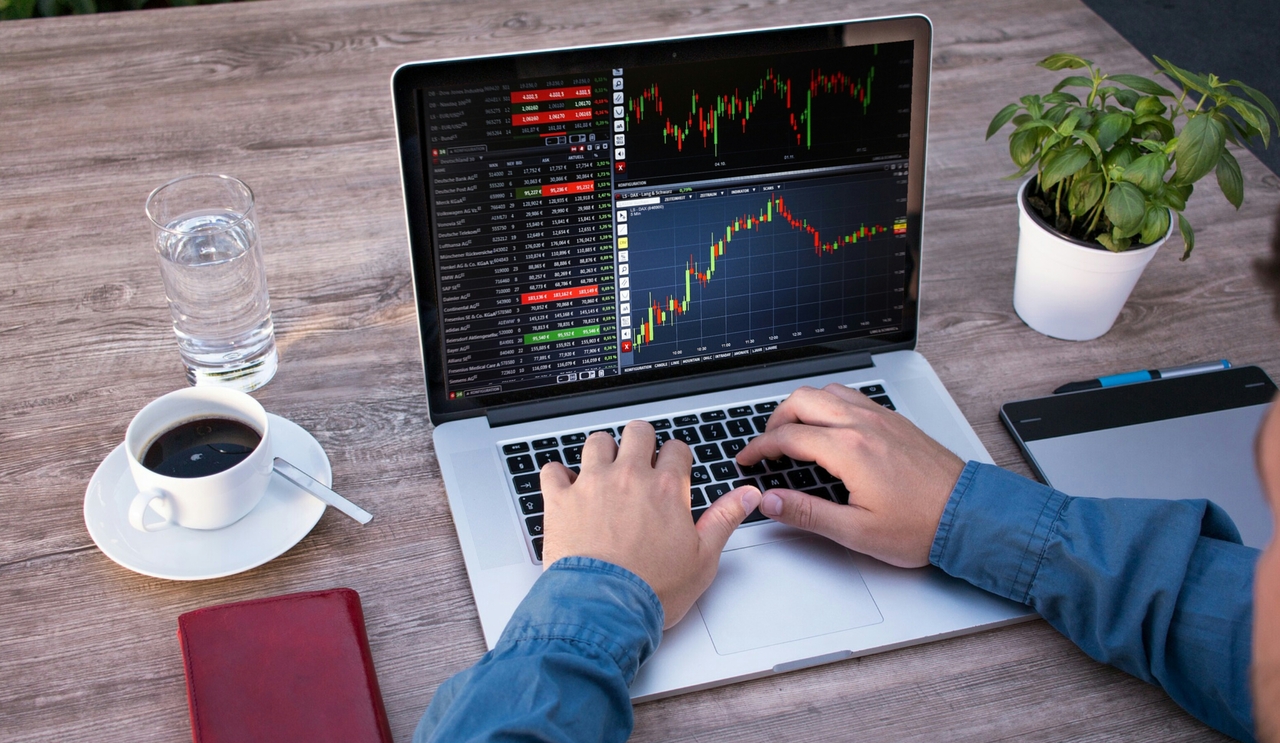In the bustling streets of Mumbai, Sunita, a small-scale entrepreneur, initiates a financial exchange far removed from the towering stock exchanges and the virtual arena where the best forex trading app in India operates. Her world is micro, small-scale, yet significantly potent in impacting the economic fabric of her community. Here, in the realm of microfinance, numerous Sunitas find the financial empowerment to weave their entrepreneurial dreams into the vibrant tapestry of India’s economic development.
Sunita is a part of a self-help group (SHG) that assists its members in generating income through small-scale business activities, providing a crucial platform to access financial resources, which otherwise might be out of reach due to the traditional banking norms. These microfinancing initiatives spark incremental, yet impactful economic activity at the grassroots, providing a stark contrast to the high-stake trades executed through forex trading apps in the digital expanse.
However, delving deeper into these seemingly disparate worlds of microfinance and forex trading, intriguing connections emerge, revealing an unexpected symbiosis between micro and macro levels of finance. This relationship not only showcases the versatility of financial tools and practices but also illuminates the varied ways in which different economic strata can inadvertently influence one another.
In the local markets where microfinance thrives, the generated capital is often utilized to fund small businesses, empowering individuals and communities to elevate their living standards and contribute to the local economy. This influx of micro-level economic activity ripples upwards, impacting macroeconomic variables such as employment rates, consumer spending, and eventually, the GDP.
In a more global context, such as where forex trading occurs, these macroeconomic variables become pivotal indicators, influencing currency values and exchange rates. Traders, potentially utilizing the best forex trading app in India, observe these indicators to make informed decisions, aiming to capitalize on the fluctuations in currency values. Consequently, the vibrant activity within local markets, propelled by microfinance initiatives, inadvertently becomes a small cog in the larger forex trading machine.
This intricate web extends further. Forex markets, in their operation, influence national economies by affecting the exchange rates, which in turn play a crucial role in a country’s trade activity. The fluctuations in currency values impact the cost of imports and exports, which subsequently influences the local markets – the very space where microfinance activities occur. Thus, a subtle, often overlooked, cyclical relationship forms between the grassroots economic activities and the global financial markets.
In Sunita’s micro-world, the impacts of macro-financial activities might trickle down in the form of varied prices for imports, altered demand for local goods, or unexpected shifts in available resources. Her business activities, and those of her counterparts across the nation, collectively mold economic variables, which then resonate in the vast halls of global finance, affecting the strategies devised on forex trading platforms.
The scenario becomes particularly interesting when considering the potential of digital platforms in bridging these financial worlds. The technological advancements that allow traders access to global forex markets through a mobile app are similarly enabling micro-entrepreneurs to engage with digital financial services, potentially unlocking new opportunities and synergies.
Fintech platforms in India are progressively permeating the microfinance sector, offering services like digital payments, online marketplaces, and even online training for small-scale entrepreneurs. These digital services not only enhance the operational efficiency of microfinance activities but also provide a channel through which micro-entrepreneurs like Sunita can access a wider market, further amplifying their economic impact.
In exploring the tapestry of financial systems, the threads of microfinance and forex trading, seemingly at opposite ends of the financial spectrum, intertwine in unexpected ways, crafting a narrative that is complex, multifaceted, and richly interwoven. From the small-scale entrepreneur in Mumbai to the forex trader in Delhi, their activities, though seemingly disconnected, subtly echo in each other’s worlds, creating a financial melody that is uniquely Indian in its composition.
As we continue to delve into and understand these interlinkages, exploring innovative ways to enhance and navigate through this complex web, the potential to create more integrated, inclusive, and empowering financial systems emerges, weaving a future where every thread, from micro to macro, plays a pivotal role in crafting the economic tapestry.
